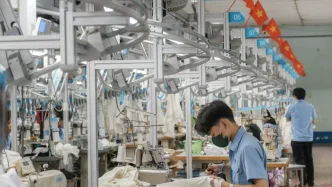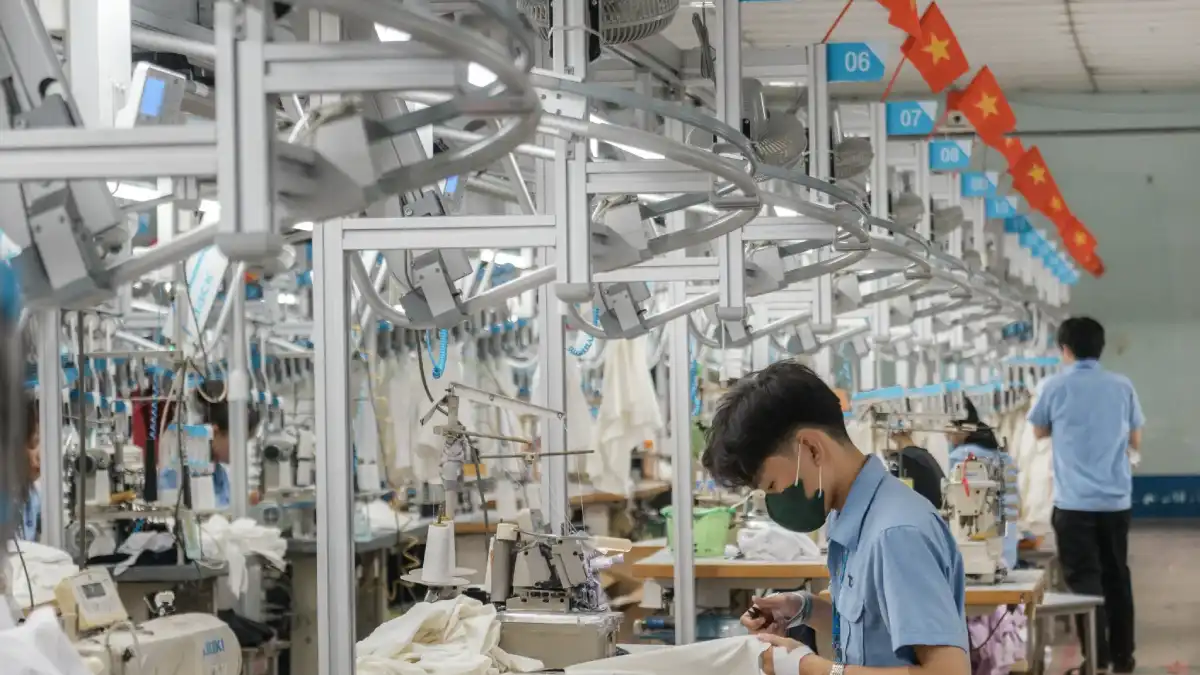In a significant step toward deepening economic ties, Vietnam’s General Secretary Tô Lâm and United States President Donald Trump held a pivotal telephone conversation on July 2, 2025, to discuss bilateral relations and finalize a groundbreaking trade framework. The agreement, hailed as a move toward fair and reciprocal trade, promises to reshape economic interactions between the two nations, with Vietnam granting preferential market access to US goods and the US reducing tariffs on Vietnamese exports. As both countries navigate a complex global trade landscape, this deal signals a new chapter in their Comprehensive Strategic Partnership.
A Framework for Fair Trade
The phone call, which took place just days after broader US tariff announcements, resulted in the Joint Vietnam–United States Statement on a Fair, Balanced, and Reciprocal Trade Agreement Framework. Both leaders expressed satisfaction with the progress of bilateral relations, emphasizing the positive momentum in economic cooperation. According to official reports, President Trump praised Vietnam’s commitment to opening its markets to American products, particularly large-engine vehicles such as SUVs, which will now face zero tariffs in Vietnam.
In return, the US has agreed to significantly lower reciprocal tariffs on a range of Vietnamese export items. While specific details of the tariff reductions remain under wraps, this move is expected to bolster Vietnam’s access to the American market, a critical factor for the Southeast Asian nation’s export-driven economy. General Secretary Tô Lâm also urged the US to recognize Vietnam as a market economy—a long-standing request from Hanoi—and to lift export restrictions on certain high-tech products, which could further enhance technological collaboration between the two countries.
Trump’s Tariff Policy and Vietnam’s Response
The agreement comes against the backdrop of President Trump’s sweeping tariff policies, announced in early April 2025, which targeted multiple US trade partners. On Truth Social, Trump outlined specifics of the Vietnam deal, stating that Vietnam would “pay the United States a 20% tariff on any and all goods sent into our Territory, and a 40% Tariff on any Transshipping.” This marks a notable reduction from the initially proposed 46% tariff rate, which Trump referred to as part of a “Liberation Day” policy on April 2, 2025. In exchange, Vietnam will eliminate all tariffs on American goods entering its market, providing what Trump described as “TOTAL ACCESS” for US products, especially large-engine vehicles.
“The SUV or, as it is sometimes referred to, Large Engine Vehicle, which does so well in the United States, will be a wonderful addition to the various product lines within Vietnam,” Trump wrote on Truth Social on July 2, 2025. This emphasis on automotive exports underscores a key priority for the US administration, which sees Vietnam’s growing middle class as a lucrative market for American manufacturers.
Vietnam’s willingness to slash tariffs to zero for US goods, as proposed by General Secretary Tô Lâm during the call, reflects Hanoi’s strategic approach to balancing economic growth with international partnerships. Over the past few months, the two nations have engaged in three rounds of intensive negotiations to arrive at this framework, demonstrating a shared commitment to resolving trade imbalances and fostering mutual economic benefits.
Strategic Implications of the Partnership
Beyond trade, the conversation between Tô Lâm and Trump highlighted broader goals for the Vietnam-US Comprehensive Strategic Partnership, established in recent years as a cornerstone of their diplomatic relations. The leaders agreed to increase delegation exchanges and high-level contacts across all sectors, with a particular focus on economy, trade, and investment. Key areas of cooperation include science and high technology—sectors identified as “breakthrough” fields for future collaboration.
For Vietnam, strengthening ties with the US serves multiple strategic purposes. Economically, access to American markets and technology can accelerate Vietnam’s industrial and digital transformation, aligning with its national development goals. Politically, a closer relationship with Washington offers Hanoi a counterbalance to regional geopolitical pressures, particularly in the context of ongoing tensions in the South China Sea. While the trade agreement does not directly address security issues, the deepening partnership could pave the way for enhanced cooperation in other domains.
From the US perspective, the deal aligns with broader efforts to secure economic footholds in Asia, where competition with other global powers remains intense. By securing preferential access to Vietnam’s market of nearly 100 million people, American companies stand to gain a competitive edge in one of Southeast Asia’s fastest-growing economies. Moreover, reducing tariffs on Vietnamese goods could help diversify US supply chains, a priority amid global trade uncertainties.
Challenges and Uncertainties Ahead
Despite the optimism surrounding the agreement, several challenges loom on the horizon. The specifics of tariff reductions and market access provisions remain subject to further negotiation and implementation, which could encounter bureaucratic or political hurdles on both sides. For instance, Vietnam’s request for market economy status—a designation that would ease anti-dumping penalties on its exports—has been a point of contention in US-Vietnam trade talks for years. While Trump expressed a willingness to address trade obstacles, it remains unclear whether this long-standing issue will be resolved in the near term.
Additionally, the asymmetric nature of the tariff structure—20% on Vietnamese goods entering the US versus zero tariffs on American goods in Vietnam—may raise concerns among Vietnamese policymakers and businesses. While the deal aims for reciprocity, some analysts suggest that the immediate benefits may tilt more heavily toward the US, particularly for industries like automotive manufacturing. If domestic stakeholders in Vietnam perceive the agreement as unbalanced, it could complicate public and political support for the partnership.
Another area of uncertainty lies in the broader context of US trade policy under Trump’s administration. The April 2025 tariff announcements targeting multiple countries signal a protectionist stance that could introduce volatility into international trade dynamics. Should the US impose additional tariffs or alter existing agreements, Vietnam may need to recalibrate its economic strategy to mitigate potential impacts.
Looking to the Future
On a personal note, General Secretary Tô Lâm extended an invitation to President Trump and the First Lady to visit Vietnam, expressing hope for a future meeting. Trump reciprocated with warmth, indicating a desire to meet again soon. Such gestures of goodwill underscore the importance of personal diplomacy in sustaining momentum for bilateral initiatives.
As Vietnam and the US move forward with this trade framework, the agreement’s success will hinge on both nations’ ability to navigate domestic and international pressures while maintaining a commitment to mutual benefit. For now, the deal represents a significant milestone in Vietnam-US relations, offering a foundation for deeper economic integration and strategic alignment.
The coming months will reveal whether this partnership can deliver on its promises, shaping not only the economic fortunes of both countries but also the geopolitical landscape of the Asia-Pacific region. As reforms and negotiations progress, the long-term impact of this trade agreement remains a critical question for policymakers, businesses, and citizens alike.
















